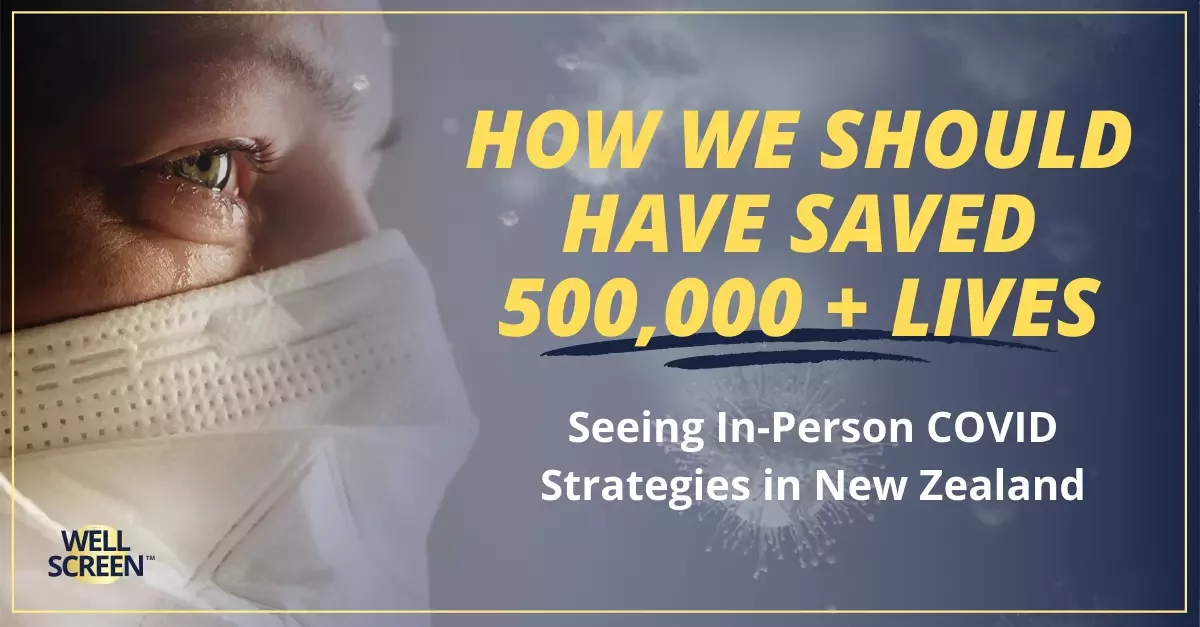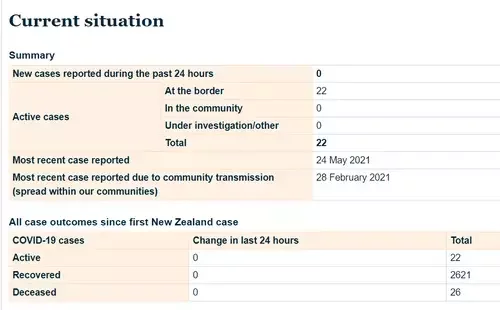
The experience is jarring.
- Hug family and friends
- Not constantly be on guard about people social distancing near me
- Join a large crowd to view the Van Gogh Immersive Experience
- Mingle easily and freely with others
- Go to the supermarket without wiping down the shopping cart
- Attend a sold-out live theatre event at 2,400-person capacity
- Not wear a mask
- Live life pretty much like normal
COVID-19 Statistics in New Zealand

The Colossal Size of the U.S.’s Failure to Lead
- New Zealand population: 5 Million
- Total COVID deaths: 26 (Not a typo, either)
- Death rate per 1m population: 5
- U.S. lives saved at this rate: 598,000
- % of population fully vaccinated: Less than 5%
Why Have We Stopped Caring?

COVID Tracer App (launched May 20, 2020): NZ COVID Tracer is a mobile software application that enables a person to record places they have visited in order to facilitate tracing who may have been in contact with a person infected with the COVID virus. Using a QR code assigned to every business and location, the app has nearly 3 million registered users and today recorded nearly 500k scans. Scan and Bluetooth are deployed.
Many are not using the app anymore. It’s hard to maintain interest when there are 22 active cases nationwide and all are in quarantine. Importantly, there is a sustainable national infrastructure in place that can immediately pivot to widespread usage at the earliest signs of a resurgence.
Vaccines: Vaccinations have commenced and are being actively promoted.
Six Lessons the U.S. Can Learn and Should Apply
- Put public health and safety above partisan divides. It’s a big ask, but needs to be part of the discussion.
- Build or rebuild a sustainable infrastructure to respond to threats. Also, we need a “real” contact tracing process because a pandemic will happen again.
- Celebrate and encourage the progress that the vaccines have brought, but also remember that other countries have eliminated COVID without vaccines.
- Fix and sustain the supply line issues.
- Study what has worked elsewhere; even the differences because there is a lot to learn by comparisons as well.
- Clamp down on process to access healthcare facilities with intelligent visitor management systems.
